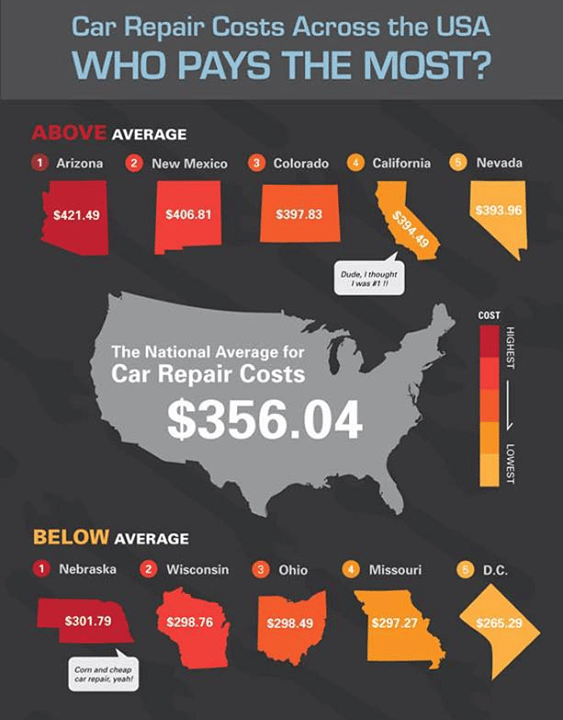The Relevance Of Routine Tire Maintenance: How To Inspect And Revolve Tires
The Relevance Of Routine Tire Maintenance: How To Inspect And Revolve Tires
Blog Article
Written By-Salinas Finn
Ensuring your tires remain in leading condition is more than simply a regular task-- it's a safety and security important for every single journey you start. From keeping proper atmospheric pressure to checking for deterioration, the health of your tires straight affects your vehicle's efficiency and your well-being when traveling. Yet what are the essential actions to take to keep your tires in prime form? Let's discover the vital elements of tire upkeep that you should not neglect.
Benefits of Regular Tire Upkeep
Routine tire upkeep offers a series of advantages that can boost your driving experience and ensure your safety when traveling. By keeping your tires appropriately blew up, you enhance fuel efficiency, conserving you money at the pump.
Well-maintained tires also offer much better grip, minimizing the risk of accidents, especially during harsh climate. Appropriately straightened and well balanced tires cause a smoother experience, decreasing resonances and enhancing overall lorry handling.
Frequently revolving your tires advertises also tread wear, expanding their life expectancy and saving you from premature substitutes. In addition, keeping the correct tire stress can stop blowouts and apartments, lowering the opportunities of unanticipated break downs when traveling.
Tire Evaluation Guidelines
When evaluating your tires, it's important to focus on different key elements to guarantee they're in optimum problem for secure driving. Start by checking the tire pressure making use of a pressure gauge to guarantee it matches the producer's recommended degree.
Evaluate the walk depth by putting a penny upside-down into the walk grooves; if you can see all of Lincoln's head, it's time for new tires. Search for any kind of indicators of irregular wear, which may indicate alignment problems or inappropriate inflation.
Check for cuts, protrudes, or fractures on the tire sidewalls, as these can lead to blowouts. Additionally, take a look at the tire valves for damages or leaks. the mechanic in mind to evaluate all 4 tires, including the extra if appropriate.
Appropriate Tire Turning Techniques
To make sure even put on and extend the life expectancy of your tires, it's vital to follow correct tire turning strategies. Normal tire turning helps disperse put on equally across all four tires, advertising longer walk life and improving overall efficiency. Begin by checking your car's handbook for the recommended turning pattern. Commonly, front-wheel-drive, rear-wheel-drive, and all-wheel-drive automobiles have different turning patterns to make up differing wear patterns.
For the majority of cars, the advised tire rotation interval is every 6,000 to 8,000 miles, yet this may vary, so it's vital to consult your manual.
When rotating your tires, exchange the front tires with the rear tires, moving the left rear tire to the left front position and the other way around. Keep in mind to additionally cross the back tires to the contrary sides when relocating them to the front. This simple yet reliable rotation strategy assists make sure that all tires use equally, optimizing their lifespan and preserving ideal efficiency.
Final thought
Make certain to focus on regular tire upkeep to maintain your car running smoothly and safely. By following basic assessment guidelines and appropriate rotation strategies, you can extend the life-span of your tires, enhance gas effectiveness, and boost overall performance when traveling. Don't neglect the relevance of caring for your tires - it's a small initiative that can make a big distinction in your driving experience.
